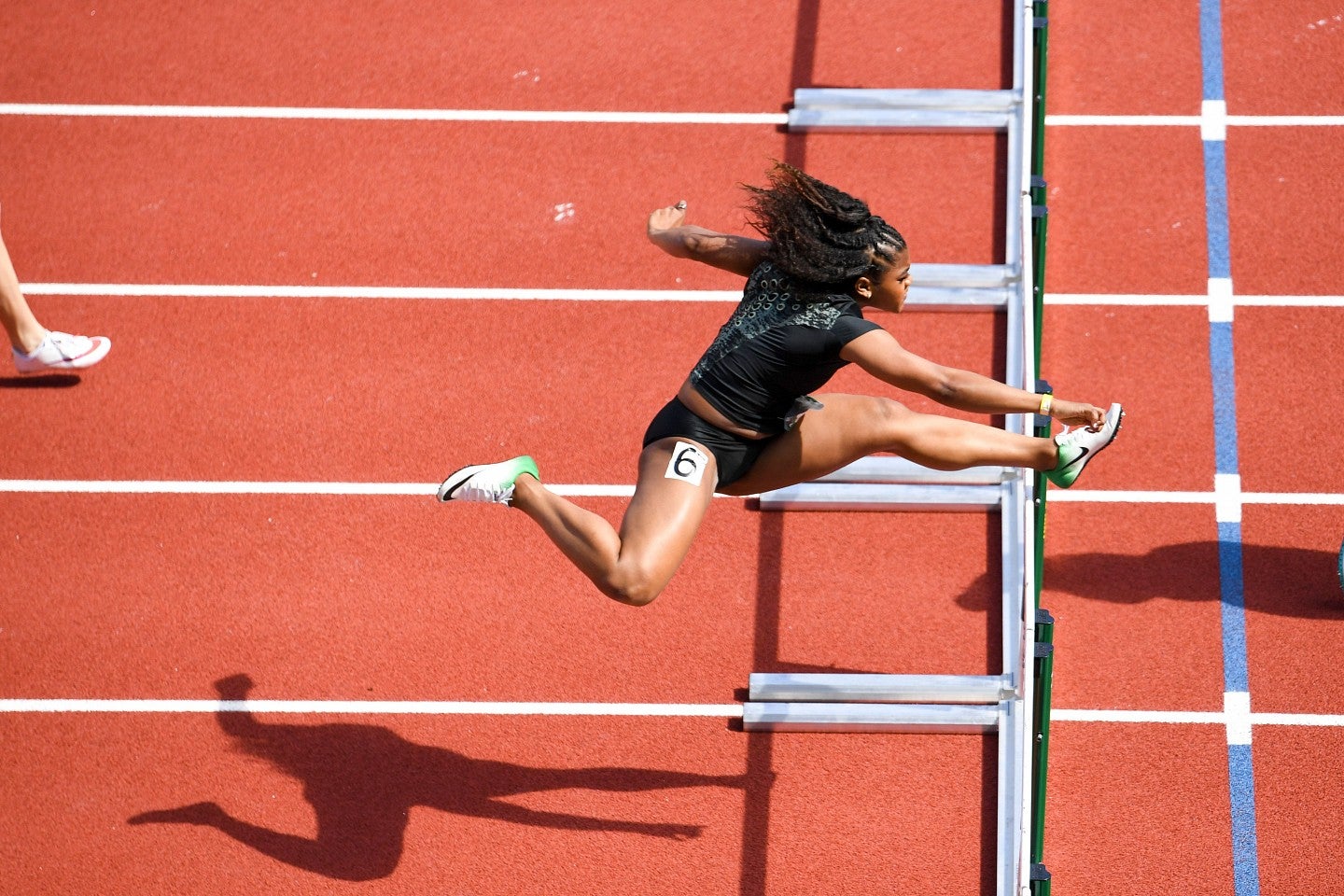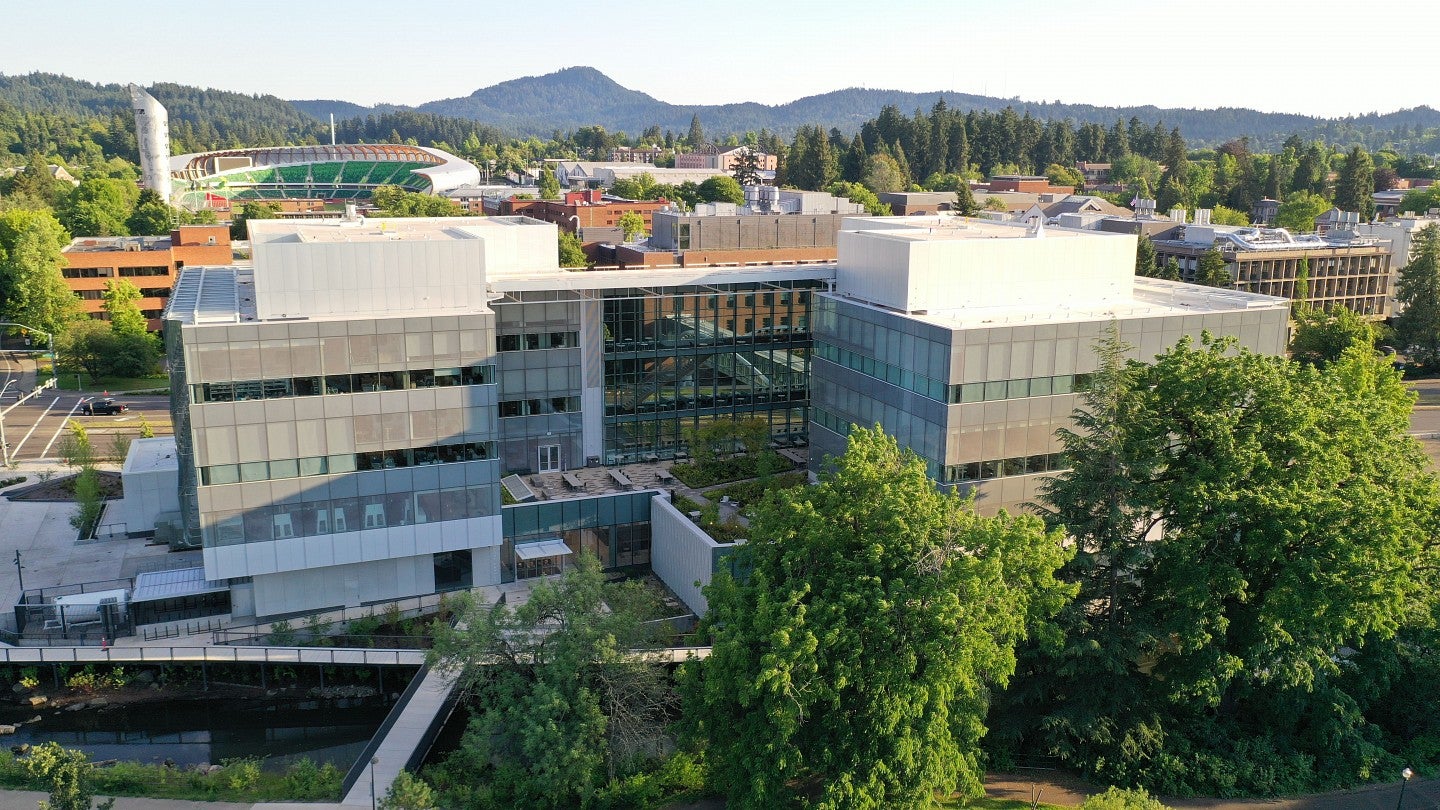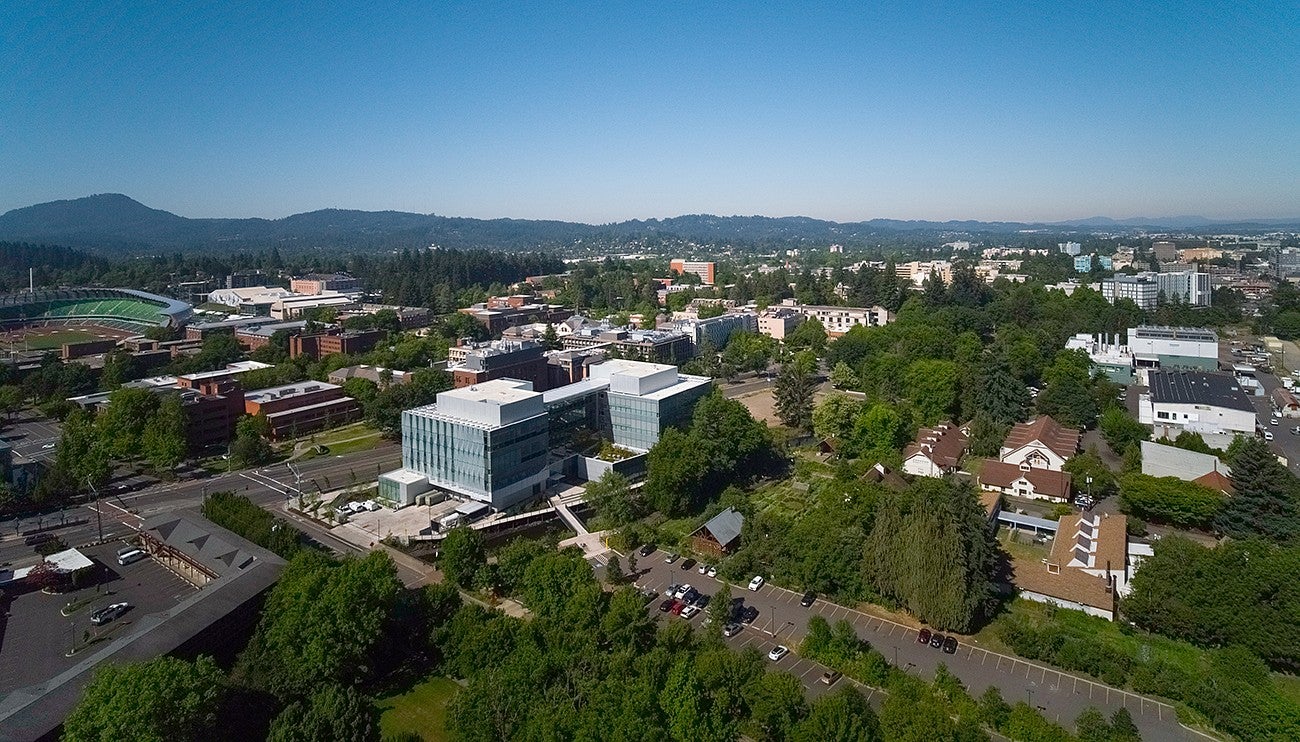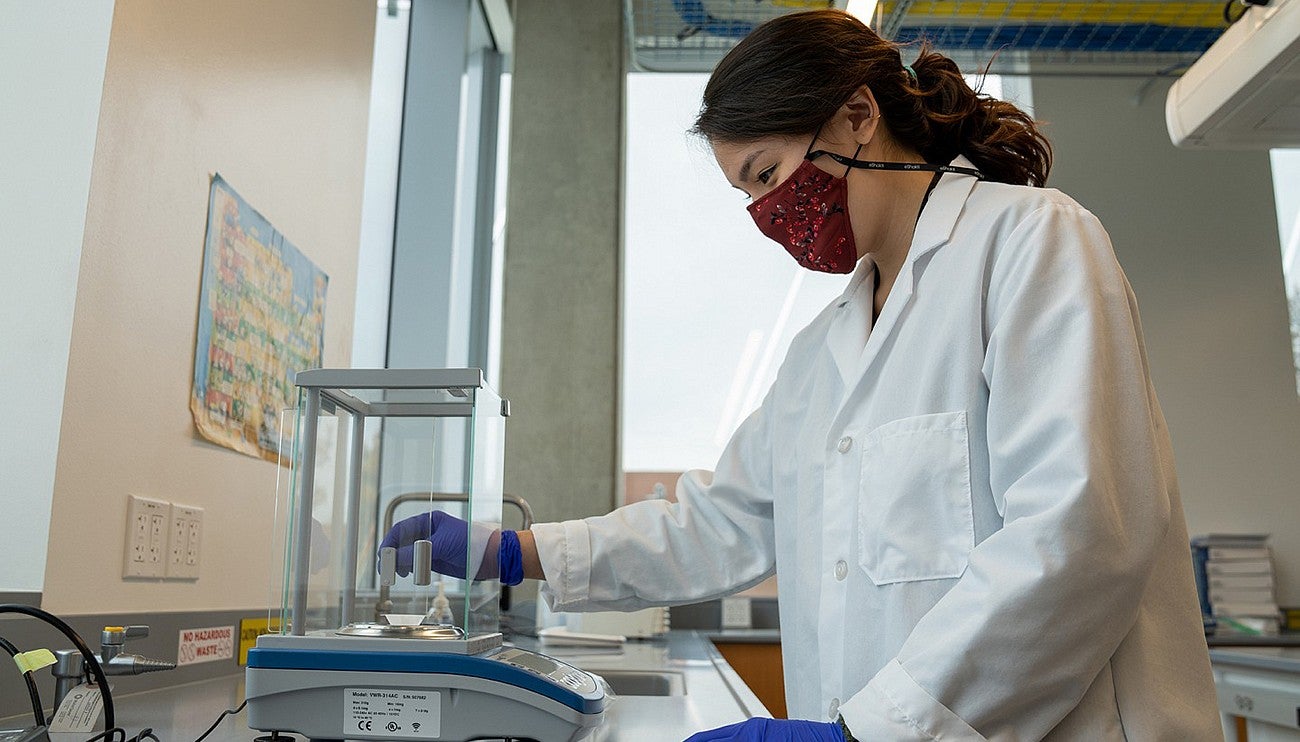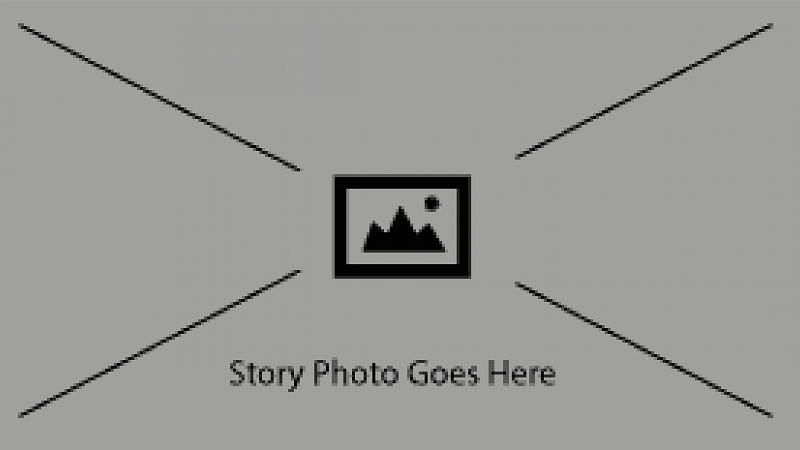
JULY 21, 2021 — The University of Oregon today announced it is a founding partner in the new Wu Tsai Human Performance Alliance, a global effort to promote wellness and peak performance through scientific discovery and innovation. The university is one of six institutions launching the research alliance.
A gift from the Joe and Clara Tsai Foundation will fund the alliance, including numerous UO projects. To sustain the work beyond the first decade, Duck donors have stepped up to begin building an endowment that will sustain the UO’s role in this unprecedented collaborative effort in perpetuity.
“The University of Oregon is thrilled to be a part of the Wu Tsai Human Performance Alliance,” says UO President and Professor of Law Michael Schill. “With these partners, we make a powerful team that will advance our ability to study peak human performance—with the goal of enabling all people to achieve health and well-being.
“Merging our pursuit of top human performance with applied science and innovation has helped shape our legacy and quest for excellence. Oregon possesses the perfect ingredients for this partnership, including a newly introduced sport and wellness initiative, a rich history of transdisciplinary sport and science scholarship and innovation, and a high-performing athletics program, as well as world-class facilities.”
Rather than study disease, alliance researchers will seek to understand peak physical performance—from the molecular level to the whole body—in their efforts to advance human health. Their ultimate goal is to help us all lead healthier, more active lives.
The Joe and Clara Tsai Foundation has pledged a total of $220 million over ten years to the six institutions in the alliance. UO donors have committed an additional $3 million to an endowment that will support the UO’s contribution to the alliance, perpetuating this research beyond the first decade. The university aspires to build a $12 million endowment.
In addition to the UO, alliance members include Stanford University; Boston Children’s, a Harvard Medical School Affiliate; the University of California San Diego; the Salk Institute for Biological Studies; and the University of Kansas. The UO's efforts will be centered in the Knight Campus.
The alliance includes “scientific moonshots,” with collaborators from multiple disciplines and institutions around the country to support and ultimately apply discoveries to improve training, care, and performance. They include one focused on regenerative rehabilitation, which will be based at the UO’s Knight Campus, with collaborations extending out across the alliance.
Innovation hubs at the University of Oregon, Boston Children’s Hospital, Kansas, Stanford, and UC San Diego will translate the alliance’s scientific discoveries into practice to help improve the training, care, and performance of athletes and people everywhere. The UO innovation hub will be based at the Bowerman Sports Science Center integrated within Hayward Field. Researchers in this hub will help track and field athletes improve performance and recover from injuries.
The Joe and Clara Tsai Foundation is dedicated to fighting inequality and working across the arts and sciences to better humanity and allow for a thriving culture. The foundation focuses on racial justice, economic mobility, the life sciences, and innovation in arts and culture.
As entrepreneurs, athletes, and creatives—and forward-looking philanthropists and investors in the basic sciences, arts, and sports—Clara Wu Tsai and Joe Tsai identified an opportunity for broad societal impact by gaining new insights into the scientific principles underlying athletic performance.
In early 2020, Clara Wu Tsai and the foundation assembled a group of experts to discuss possible ways to benefit society by studying human performance. Working with Scott Delp, a professor of bioengineering and mechanical engineering at Stanford University, they sought advice from experts who shared interests in exceptional interdisciplinary science, world-class athletics, and translational research that leads to tangible outcomes.
Robert Guldberg, UO vice president and the Robert and Leona DeArmond Executive Director of the Knight Campus, helped lead those early discussions. The group created a shared vision and established a national leadership council for the alliance, which includes Guldberg.
“The alliance’s mission fits the UO perfectly,” says Guldberg. “We have a long history of innovation in both athletics and science.
Traditionally, health research has focused on illnesses such as cancer, cardiovascular disease, brain disorders, and other maladies—and that’s appropriate. But there’s tremendous untapped potential in studying musculoskeletal function and maximizing human performance.”
This gift represents a first-of-its-kind scientific collaboration aiming to transform human health on a global scale through the discovery and translation of the principles underlying athletic performance. This vital work does not just benefit elite athletes. It will help developing athletes, aging athletes—really anyone with a body who wants to function at their peak, which is all of us.
At the center of this web of discovery is the Wu Tsai Human Performance Alliance at Stanford University, which will lead and coordinate major research efforts, manage partnerships, and facilitate communication. Businesses, professional sports teams, and other organizations will join the network as opportunities emerge to apply new discoveries such as treatments, technologies, and training protocols.
By providing education and training, the alliance will prepare the next generation of scientific leaders. It will share research findings, new training strategies, and innovative therapies—freely, to athletes, coaches, clinicians, and others. As this knowledge is widely distributed, it will benefit the general public in many ways.
“This amazing new chapter for the University of Oregon would not have been possible without the Knight Campus and will involve deep scientific collaborations across the university in the Knight Campus, human physiology, biology, Sports Product Design, and athletics,” Guldberg adds.
Since its launch, the Knight Campus has been leading translational research, cultivating startups, and recruiting top faculty members to the UO. This initiative to fast-track scientific discoveries into innovations that improve quality of life has helped establish Oregon as a center for translational research in bioengineering and the biosciences, Guldberg says.
That reputation, along with the newly renovated Bowerman Sports Science Center, helped make the UO an appealing candidate for the Human Performance Alliance, he adds. In turn, joining this effort will advance the university’s stature further, for both academics and athletics.
“The unprecedented scope, scale, and interdisciplinary nature of the alliance makes it incredibly exciting for the university, as well as society,” Guldberg says. “Bottom line—we will ultimately help more people stay healthy and active throughout their lives.”
Dream Team
Each of the alliance members–Stanford University; Boston Children’s Hospital, a Harvard Medical School Affiliate; University of California San Diego; University of Kansas; University of Oregon; and the Salk Institute for Biological Studies– will be focusing on the following initiatives:
- The Digital Athlete, based at Stanford, will create predictive computer models to guide training and treatment for athletes and help improve human health for all.
- Regenerative Rehabilitation, based at Oregon, will synergize regenerative therapies and rehabilitation protocols to restore function to damaged tissues and prevent injury.
- The Molecular Athlete, based at the Salk Institute, will map the molecules and gene expression of human performance to optimize training, healing, and recovery.
- The Multiscale Athlete, based at UC San Diego, will synthesize experimental measurements across multiple biological scales using computer modeling to predict molecular and cellular states of tissues and their effects on whole body performance.
- The Female Athlete Program, based at Boston Children’s Hospital, will focus on female-specific translational research to answer fundamental physiological questions important for improving the health and performance of girls and women.
- Innovation hubs at Boston Children’s Hospital, Kansas, Oregon, Stanford, and UC San Diego will translate the alliance’s scientific discoveries into practice to help improve the training, care, and performance of athletes and people everywhere.
- Agility projects will provide funding for newly emerging ideas to additional collaborators from multiple disciplines, institutions, and countries, creating a global collective effort to advance the science of human performance.
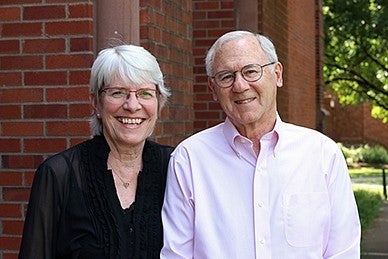
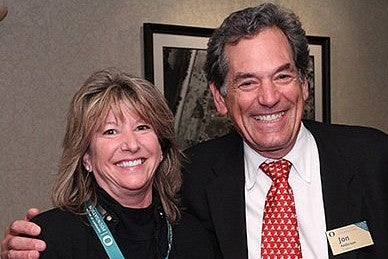
Alliance efforts in Regenerative Rehabilitation to be based at Oregon
Nick Willett, recently recruited to the Knight Campus from Emory University, will lead this effort as associate director of the alliance at Oregon

Regenerative Rehabilitation, one of five moonshots that form the foundation of the alliance, will be based at the UO’s Knight Campus, with collaborations extending out across the other institutions in the alliance. This research initiative will help athletes and the general public recover from injuries more quickly and effectively, says Robert Guldberg, who oversees the UO’s alliance efforts.
“Sports medicine has reached a tipping point,” Guldberg says. “Integrated approaches to training, treatment, and data analytics have the potential to promote tissue generation instead of scarring after injury. But the lore of athletic training and recovery regimens is often based on anecdotal experience rather than rigorous scientific evidence.
“Practitioners are trying novel methods—but studying and applying them inconsistently. Often they don’t understand the benefits of combining different therapies and don’t take full advantage of the synergy that could result from effective combinations.”
Nick Willett, who is slated to start at the Knight Campus in August, will lead this effort. His research sits at the interface between engineering and clinical applications. Previously, he served as associate professor in the department of orthopaedics at Emory University.
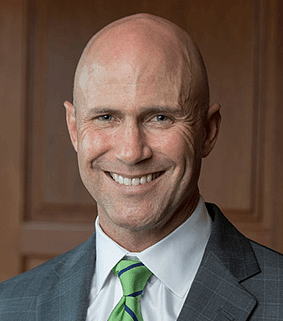
Researchers in this moonshot will conduct multidisciplinary research integrating regenerative medicine strategies such as stem cell and therapeutic protein delivery with rehabilitation protocols and advanced data analytics. Applying the results, they will develop consistent clinical standards. According to Guldberg, these evidence-based practices will benefit lives—accelerating healing, optimizing recovery, and even preventing injuries before they happen.
For this enterprise, success will be measured by an increase in patients with restored function, athletes who recover from injuries more quickly and completely, and a decrease in long-term pain and disability for aging athletes.
But the beneficiaries of this moonshot will not be limited to elite athletes, adds Guldberg. “For example, many runners (Olympic athletes, weekend joggers, and everyone in between) suffer from Achilles tendinopathy, a debilitating—and often recurring—injury. Early detection and treatment tailored to the individual could reverse this downward spiral."
Innovation Hub @ the University of Oregon
Mike Hahn, associate professor of human physiology, will lead this effort as associate director of the alliance at Oregon
Researchers in the Bowerman Sports Science Center (BSSC), one of five innovation hubs in the Human Performance Alliance, will help track and field athletes improve performance and recover from injuries. This innovation hub will be a collaboration among the Knight Campus, the center, athletics and other faculty across the UO.
“The UO has a storied history of physical education and applied sports research,” says Mike Hahn, UO associate professor of human physiology and director of the center. “This alliance builds on that tradition while connecting to great collaborative partners to push the boundaries of the science.”

Located in Hayward Field, the UO’s iconic track and field facility, the center is a research core facility with a mission to improve the health, fitness, and well-being of athletes in the community.
The center features a state-of-the-art motion analysis and biomechanics laboratory, as well as a performance physiology laboratory. These enable researchers to precisely study the gait of athletes and more. Using the center’s environmental chamber, researchers simulate environments to mimic any training and performance conditions on earth—including high altitude, extreme temperatures, and various humidity levels.
“It’s affirming to be part of the alliance,” Hahn says. “The scientists we’ll be working with are colleagues who I’ve always considered to be rock stars in their respective fields.
“We intend to make the Human Performance Alliance a trusted source for best practices in training, injury avoidance and recovery, and nutrition.”


